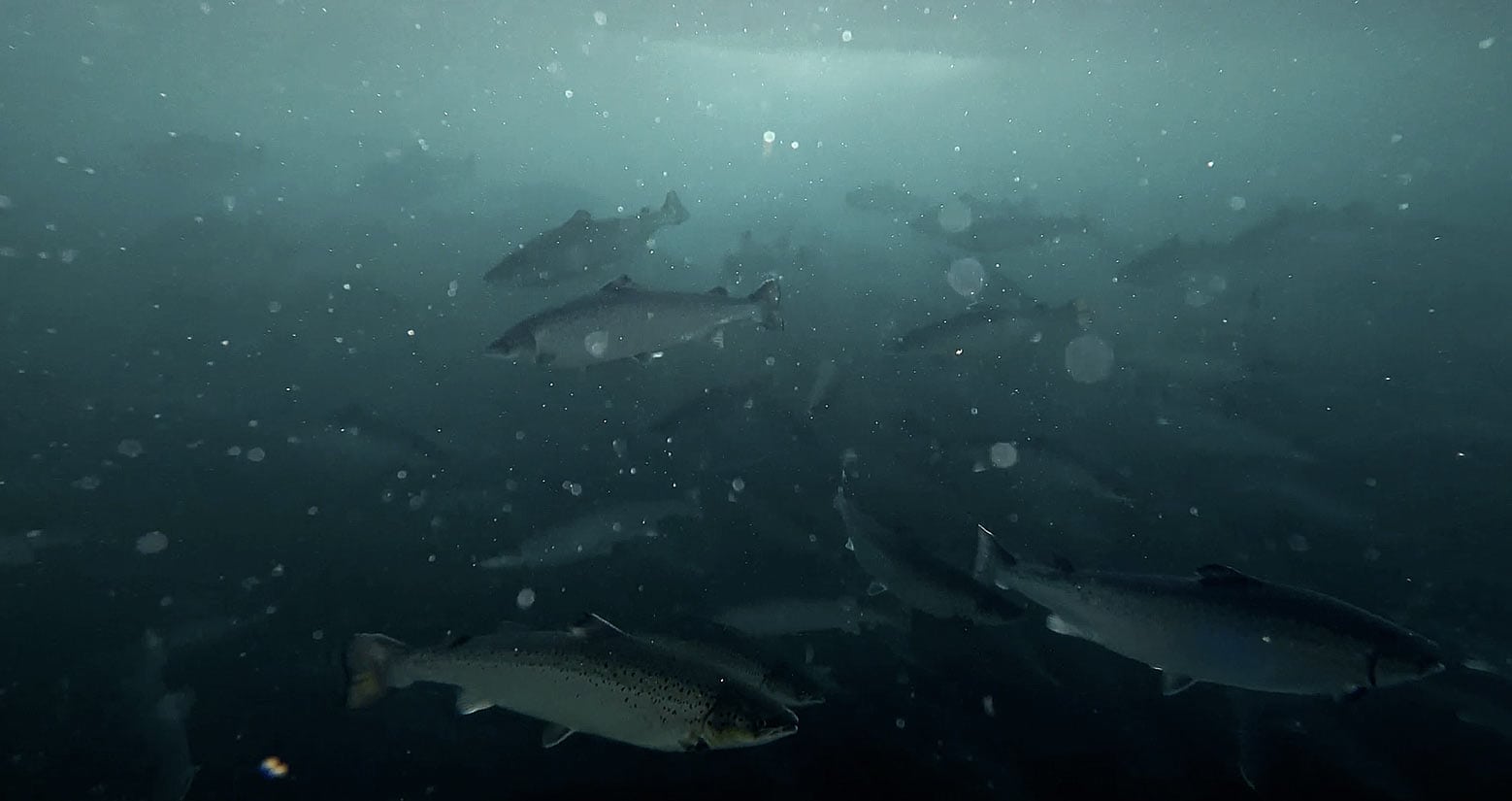What is the future of salmon farming in Iceland?
After years of relative inactivity, fish farming on the Icelandic coast has drawn fresh interest. Countries like Norway, Scotland, and Canada are placing increasingly strict limits on aquaculture companies due to the environmental damage they’ve caused. As a result, these corporations are turning toward Iceland. They see its unspoilt coasts and fjords as fertile grounds for expansion.
The current situation…
There are currently 23 active fish farming companies in Iceland, as well as strong interest groups and support companies. The biggest plans for expansion are in open net pen salmon farming. Over the past 6 years, the southern Westfjords and the Eastfjords have seen the most significant growth, but looking forward, aquaculture corporations hope to spread further into Ísafjarðardjúp, Jökulfirðir and Eyjafjörður.
In order to protect wild salmon stocks in Iceland, a precautionary approach has thus far been taken. This means that salmon farming has been limited to the Westfjords and Eastfjords due to policy makers’ beliefs that those regions are sufficiently isolated from rivers with significant native salmon stocks.
However, farmed escapees have shown that these measures are not enough. Escaped salmon travel long distances: escapees from those fish farms have been caught in Vatnsdalsá, Eyjafjarðará, and Selá, as well as in rivers in Djúp. The salmon caught in Eyjafjarðará was about to spawn.
Plans for expansion…
Despite current modest production levels, industry hopes to see production grow drastically over the coming years. In 2016, approximately 8,000 tonnes of salmon were slaughtered for market; in 2017, that figure rose to 11,000 tonnes; and in 2018, the industry hoped to produce 20,000 tonnes. Yet even with existing constraints, industry nonetheless hopes to expand production to 50,000 – 70,000 tonnes in current production zones.
If these industry objectives are realised, the volume of fertile salmon produced in open net pens in Iceland will be 600-fold the amount of wild salmon caught in Iceland in one year. Based on escapee rates in countries like Norway, producing 70,000 tonnes of farmed salmon will result in approximately 56,000 escapees annually. This is greater than all the wild salmon caught in Iceland each year.
The impacts of farmed escapees are well-documented, as are more general environmental impacts of uncontained aquaculture. Increasing production in Iceland will be disastrous for native salmon, but it will also have tremendous consequences for biodiversity, generally. Iceland’s pristine fjords will become a patchwork of floating pens full of disease and suffering, hovering above mountains of waste. These pens will choke out life below and contaminate organisms with the misfortune of living nearby.
Iceland’s image is one of pristine unspoiled nature. It is the brand we export abroad, helping to promote our local fisheries, exports like wool, and our tourism. But most importantly, it is the future we want to leave for the next generation.
The future of fish farming in Iceland is in closed containments. Politicians must understand that expansion of open net pen farming will come at great cost. The sustainable alternative is here. We must simply embrace it.
